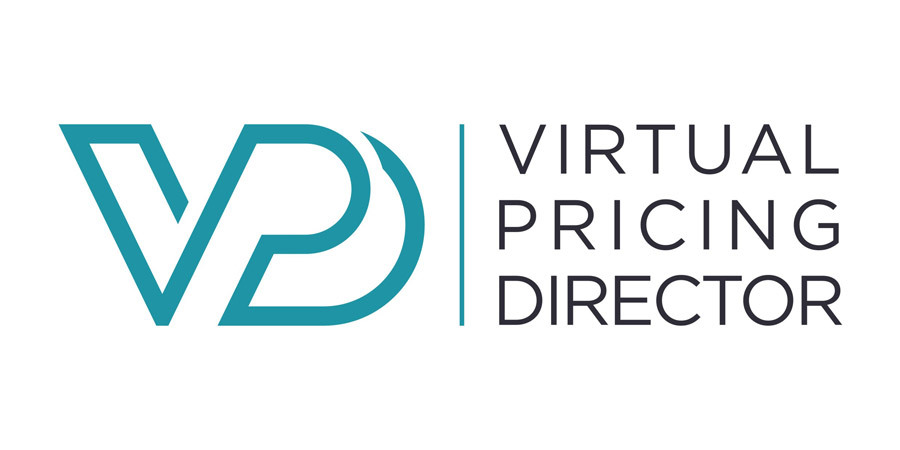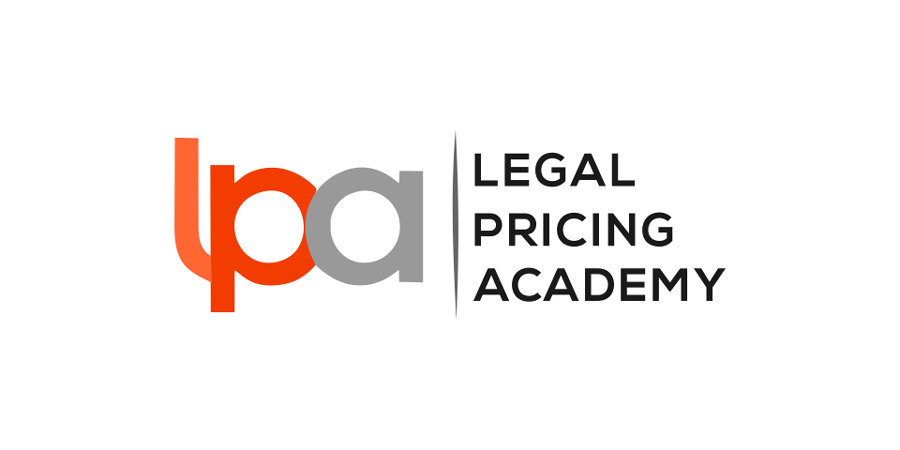A face-to-face request is 34 times more successful than an email, which begs the question, why do we persist in conducting our primary price negotiations by email instead of face-to-face or at the very least, on the end of the phone?

There are at least two possible explanations, one charitable, one not so. Many will argue that the principal explanation is that we are all time starved and under pressure and it is much more efficient and cost-effective to belt out an email with a pricing proposal and await a response. This assertion has legitimacy.
A more brutal perspective might put it down to a less flattering dynamic - we're just ‘chicken’. We will do anything to avoid that visceral conversation, something we have written about recently in ‘We’ll Have a Chat at the End: A $20 Billion Black Hole’.
In a sense though, neither of these really matter. A more useful question would be to ask whether the current prevailing practice of engaging with clients on pricing by email is the most effective. In our view, the answer is an emphatic ‘no’.
Harvard Business Review recently reported on research conducted by Vanessa Bohns and Mahdi Roghanizad at Western University, published in the Journal of Experimental Social Psychology.
Their research revealed that despite the reach of email, asking in person is a significantly more effective approach; "… you need to ask six people in person to equal the power of a 200-recipient email blast. Still, most people tend to think the email will be more effective".
As part of the research, participants were tasked with asking strangers to complete a brief survey. Aside from the fact that email was demonstrably only 3% as effective as a face-to-face request, what really took the researchers by surprise was the fact that those sending emails were just as confident as those making the face-to-face request as to the level of acceptance.
Participants in the face-to-face condition guessed that on average 5 out of 10 people would agree. Participants using email were even more confident, guessing that on average 5.5 out of 10 people would agree. The emailers were wrong by a factor of 34!
Which helps to explain why we find it so easy to justify in our own minds merely emailing the pricing proposal to a client and then await a response.
We have felt for years that practitioners were sabotaging the chances of a successful price negotiation by failing to conduct the bulk of the negotiation face-to-face or at least in person by phone.
We should stress that it is not that the written communication is not important. Clearly it is. Our contention is that the price negotiation should be a judicious mix of telephone, face-to-face and written communication.
The problem with simply emailing a pricing proposal to a client is that once the email has gone, in the absence of any other communication, you have lost control of the dialogue. The recipient may have looked at it and either not liked it (and is now festering) or not understood it and simply put it to one side, they may have taken it to other firms or their incumbents for a comment/comparison or they may not even have looked at it.
When you leave a communication vacuum there is a good chance that the vacuum will be filled by activity or developments that are not necessarily to your advantage. It is essential to retain control of the conversation and be proactive rather than reactive.
If extrapolated, the Bohns/ Roghanizad research confirms our anecdotal evidence that there is a quantifiable difference in successful pricing outcomes between those that simply fire off an email and hope it hits the mark versus those that deploy a multipronged strategy such as;
(a) Discuss the pricing in general terms with the client face-to-face or on the phone and then go away and firm up a proposal, email it to the client and follow-up with a further meeting or phone call within 24-hours, or
(b) If the pricing proposal is relatively complex and nuanced or ‘challenging’ you could consider preparing your written proposal but instead of emailing it to the client tell them you would like to talk them through it and have a face-to-face meeting with the written pricing proposal in front of you and take them through it. Alternatively, arrange a time to speak with the client on the phone and once the client is on the phone email it to them and talk them through it on the spot.
Price negotiation involves the deployment of all our senses. We learn so much from body language and context. Even an imperceptibly raised eyebrow if construed correctly, enables us to pivot the conversation slightly to deflect scepticism, disbelief, distrust and many other sentiments. You send an email pricing proposal without being able to see the clients’ Orbicularis Oculi and Obicularis Oris twitching at your peril.
And then there is the perennial argument, "I don't have time for all of this, I just need to get a proposal out to them”. We get it. The pressure is always on but there is simply no excuse for not at least picking up the phone.
It will be the subject of a future post but we have demonstrated on countless occasions that the time spent getting the pricing right (or as right as you can) at the outset yields quantifiable results that outstrip the same amount of time devoted to the legal work on the file.
So, to anyone whose reaction to these suggestions is, “I don’t have time”, our response would have to be, ‘if you want to remain in business and profitable, you can't afford not to make the time’.

